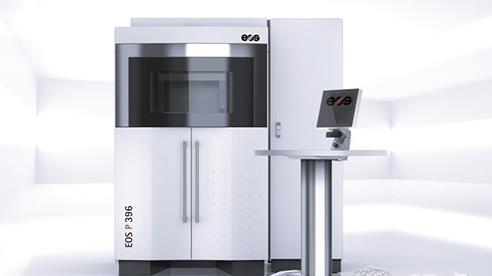In 2017, if you have a budget to purchase 3D printing, you must not miss these two publications. The first is an academic paper, which is the first comprehensive evaluation of a biological 3D printer; the other is the third annual 3D printer guide, which covers industrial technology for the first time.

According to 3D Tiger, bio 3D printing evaluation technology was released in the January edition of Additive Manufacturing Magazine
In "Evaluating Bioprinter Technology", published in the January edition of Additive Manufacturing Magazine, IbrahimTarikOzbolat and doctoral students KazimK.Moncal, HemanthGudapati discussed the limitations of current bioprinting technology and the future development prospects of bioprinters, and provided simple history. They traced the history of bioprinting back to the late 1980s, a patent for the "device for precisely locating cells" by a professor of Texas biology.
"This will be a unique source for researchers from academia and engineers / technologists who can refer to the article before they decide to obtain a bioprinter," said moderator Ozbolat. Previously, he was an associate professor of engineering in bioprinting at Pennsylvania State University. "This article classifies bioprinters based on three main working mechanisms and then evaluates bioprinters from different manufacturers."
These main working mechanisms include extrusion (17 printer reviews), droplet (33 printer reviews) and laser (8 printer reviews) technologies. The evaluation of each printer has 10 factors: freedom of movement; resolution and accuracy; speed of movement; biofuel distribution; ease of use; size; ease of sterilization; degree of automation; versatility and affordability.
In addition, the author also compared the internally assembled bioprinters with commercially available printers.
"In general, internally assembled bioprinters using commercial components are economical and provide greater freedom; however, their design is sometimes time-consuming and requires specialized skills and knowledge in the field of electrical and computer engineering , Involving system integration, "they wrote.
In contrast, commercially available complete bioprinting systems have well-integrated subsystems, saving user development time. However, they are expensive and customized.
Other limitations of commercially available bioprinters include their limited variety; cartridge and nozzle design; printer size and speed; limited motion capabilities; lack of full automation; low process resolution and lack of compatible biomaterials.
"These issues need to be resolved to make bioprinting functional tissue manufacturing and future clinical applications a powerful and affordable option," the authors write.
The third annual 3D printer guide
The 3D printing service website 3DHbs has 7,300 online printing service outlets in more than 150 countries around the world. There is also a printer guide, but it only provides services for printing plastics and other non-biological materials.
Amsterdam-based Hubs has launched its "2017 3D Printer Guide" as the most comprehensive guide of its kind. This crowdsourced publication is based on the verified reviews of more than 8,624 3D printer owners, plus 513 different models made on 141 printers.
“Together with our community members, we investigated the following parameters to help measure the user experience of a range of 3D printers: print quality, build quality, reliability, ease of use, print failure rate, customer service, community, operating costs, Software and value, "Hubs wrote on its website.
Editor in charge: Liu Qingqing
cat toys interactive,cat toys wand,cat toys balls,cat teething toys
Ningbo XISXI E-commerce Co., Ltd , https://www.petspetsproducts.com
